Destination Nicaragua: a country on the brink of extraordinary change
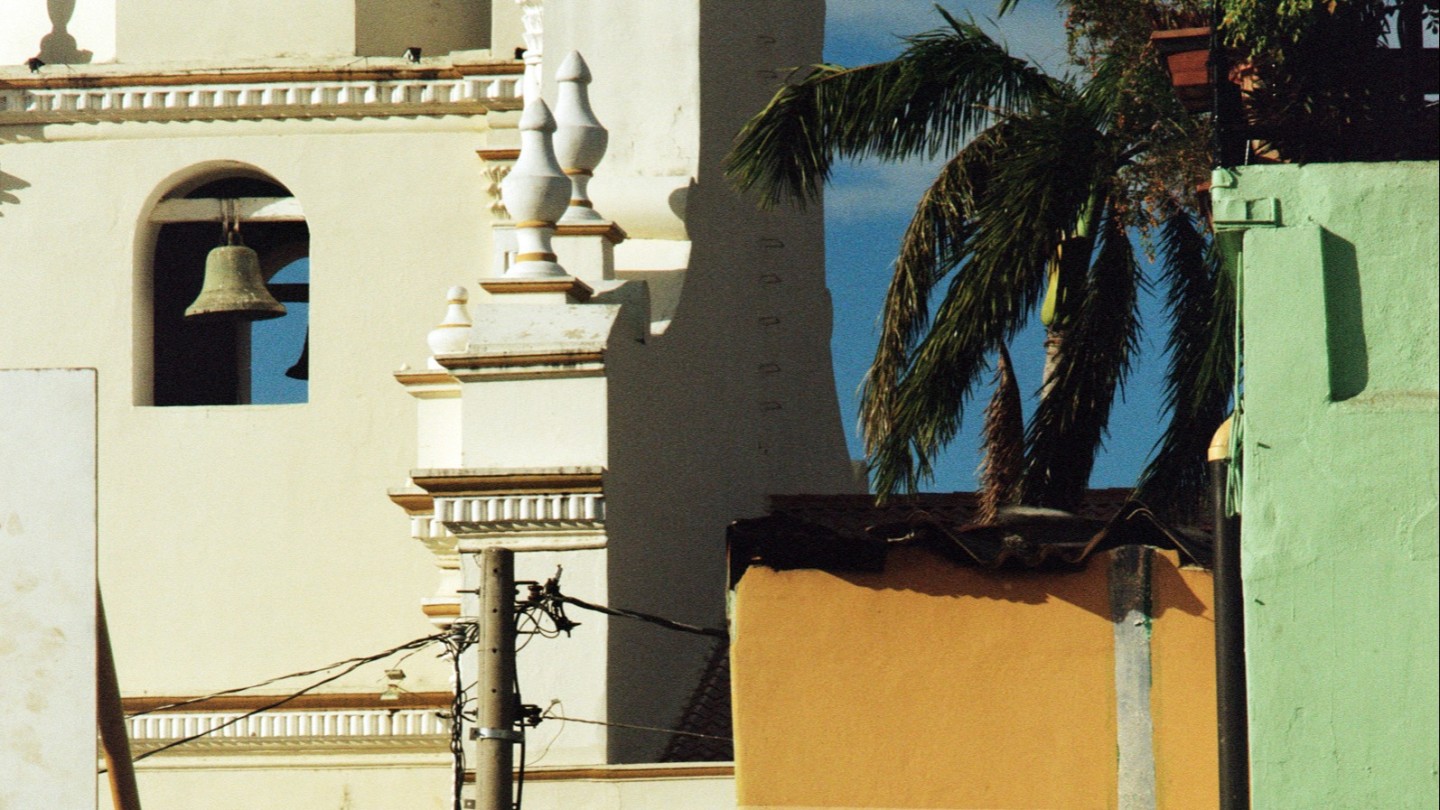
Roula Khalaf, Editor of the FT, selects her favourite stories in this weekly newsletter.
Travel and travel planning are being disrupted by the worldwide spread of coronavirus. For the latest updates, read the FT’s coverage of the outbreak
It’s hot. A boat floats on a lake blooming with algae and lily pads. Under the mangrove a fisherman teaches his son how to cast a net, dislodging an egret which takes flight on soft rippled wings. The scene is so peaceful, I might have woken in some Buddhist retreat rather than deep in the Nicaraguan jungle. But here we are in Central America – that mysterious isthmus between continents and customs, a region imprinted by murky US interference, guerrilla wars and a charismatic succession of dictators.
I’m poring over a map on the raised deck of a house on stilts – one of the nine sturdy wooden casitas of Jicaro Island Lodge, a beautiful eco-hotel built into an islet off the shores of Lake Cocibolca. Nicaragua is a mosaic of culture, geography and landscape. To the east is Creole Caribbean and the magical Corn Islands. West are the chalky sands and surf of the Pacific. But rising out of the lake, dominating my view, is the smouldering shadow of the Mombacho volcano, threaded by mist and heavy with atmosphere. Nicaragua, first “settled” by the Spanish in 1522, only fully gained independence in 1838 and has been troubled by seismic political unrest ever since. Nowhere is this turbulence more vividly reflected than in its topography: Mombacho is part of a belt of 40 volcanoes, 19 of which are active, and one notch along from it lies the Masaya, an open crater with a fiery lava lake spitting and roiling 600m below its rim. Perhaps for a glimpse into the spirit and soul of this country, here is where to begin.
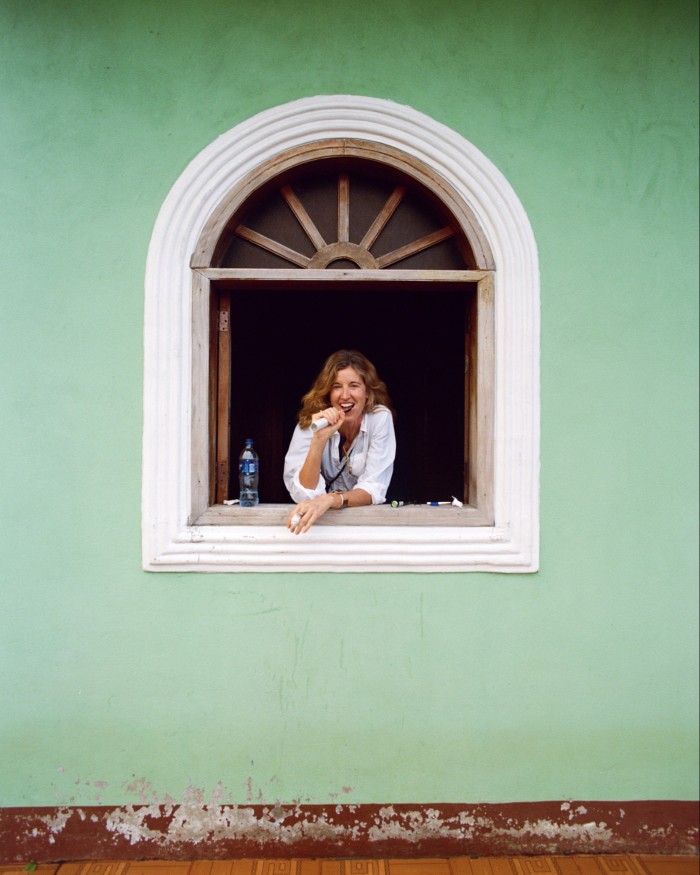
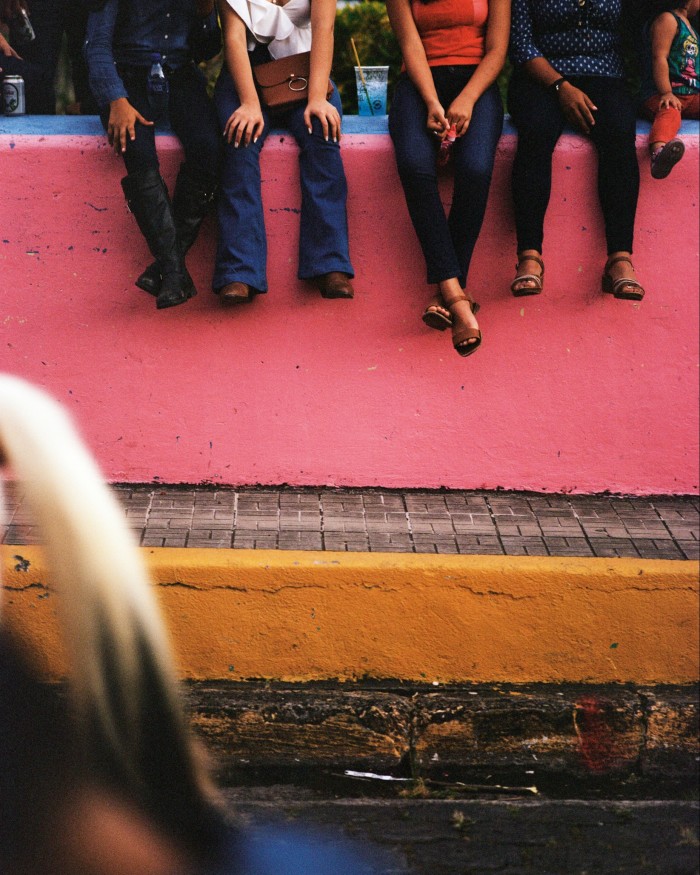
Masaya – the “mouth of hell” – was once believed to be the entrance to the underworld. It terrified the conquistadors but was popular with indigenous peoples for human sacrifice and later too, allegedly, for the disposal of political prisoners in the last gasp of the Somoza dictatorship. The Masaya Volcano National Park is a neo-apocalyptic landscape of strangled trees where pineapples are stimulated by sulphuric gases; wild-growing dragon fruit hug the crater; and owls, holed up in nearby cliffs, litter the black soil beneath them with the alabaster skulls of mice. Trekking me through this delightful weirdness is Edgar Castañeda, an ecologist and crater-diver who absorbs world history the way most of us absorb sunlight. In one memorable afternoon he flits from Thomas Belt, author of The Naturalist in Nicaragua, through Britain’s unwritten constitution, to 21-year-old Nelson’s fibs to the crown over his disastrous attempt to capture Granada in 1780.
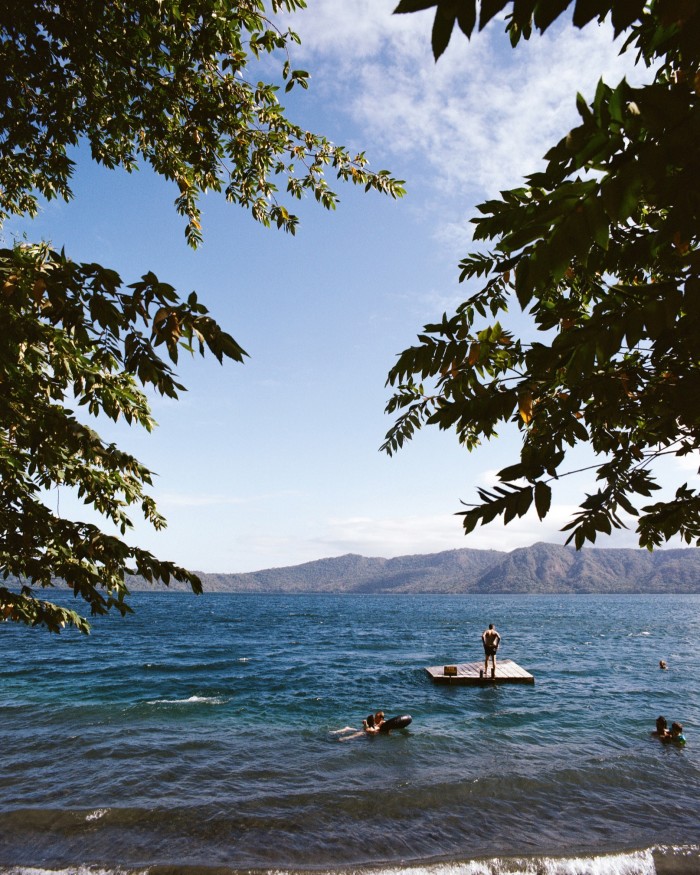
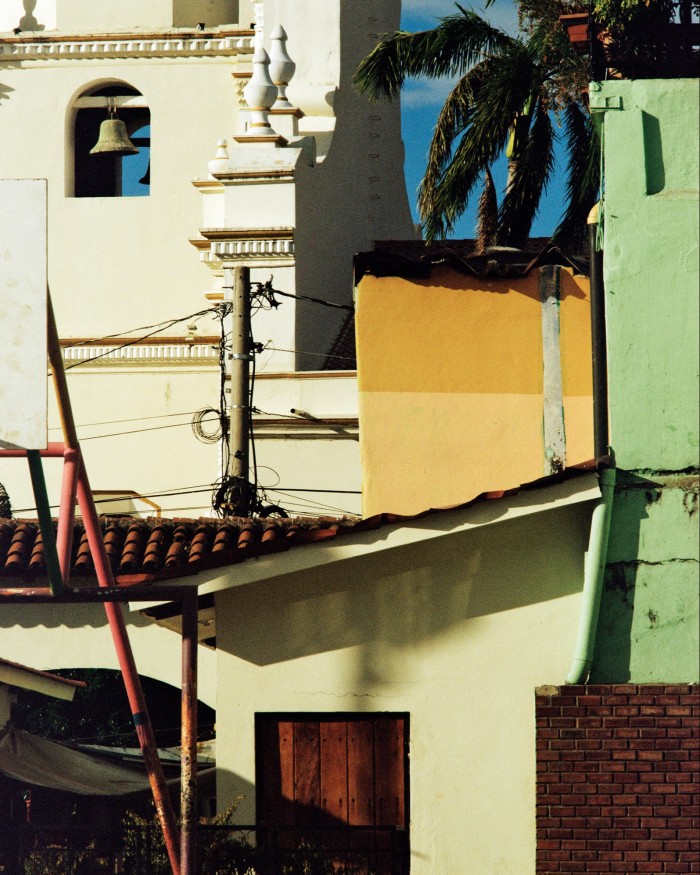
Granada, the one-time capital, is an hour’s drive from Masaya. Founded in 1524, repeatedly coveted, ransacked, burnt and rebuilt, it remains an architectural showstopper. High on the rooftop of the Iglesia la Merced, students kiss at sunset, their great colonial city spread out below them in a shimmer of canary yellow, tangerine and blue. From my palatial balcony at Hotel Plaza Colón, I watch a trio of nuns tearing through yucca and vigorón (pork crackling) with their fingers. At night, outdoor boxing matches in the main square draw crowds of cheering locals. “Oh, Granada is a real town alright,” says the chef at Pichelin, an expat from Martha’s Vineyard who brings us ceviche and fresh snapper. “After all, there’s still horseshit on the streets.”
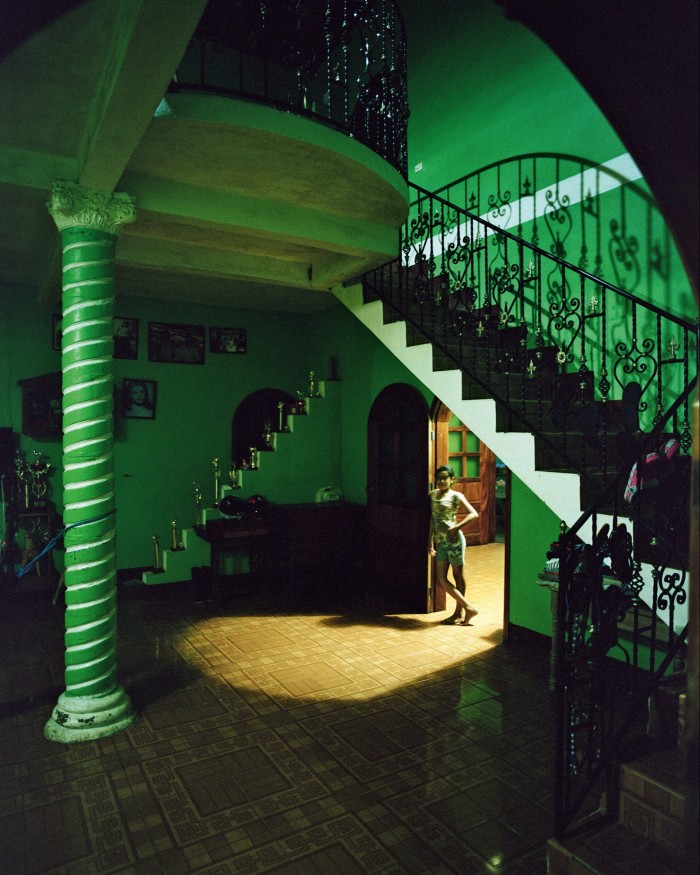
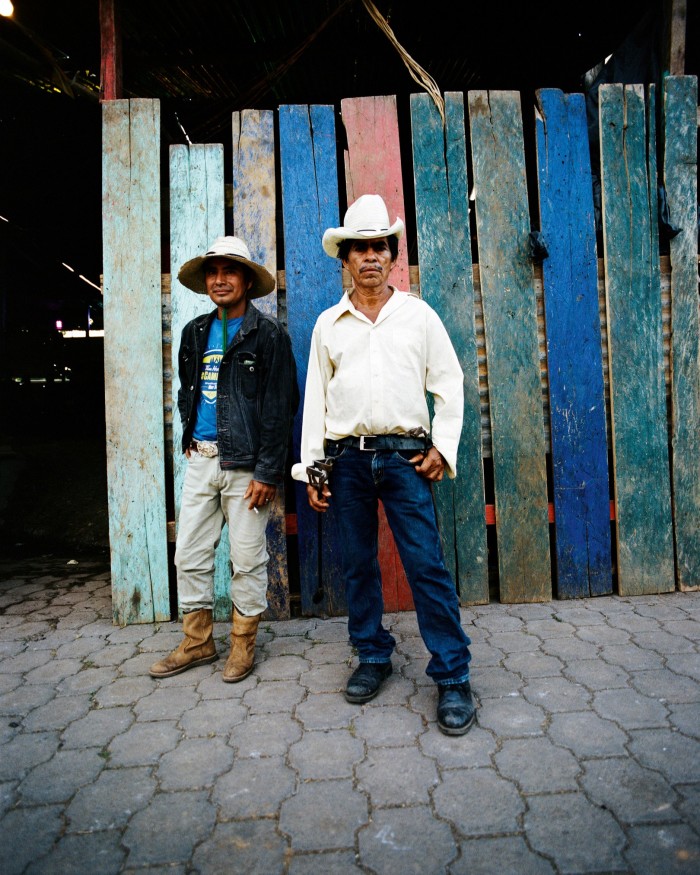
Unrest had been bubbling in the country for years when, in 2018, demonstrations against Ortega’s social-security reforms broke out across Granada, Managua and León. The state repression that followed was swift and pitiless. The “troubles”, as locals call them, decimated industry. Businesses closed; development stopped. The economy, never quite recovered from the 1972 earthquake or the decade-long contra war of the ’80s, took a further, deeper dive.
“But now the troubles are over and people need to return,” says Róger Gurdián Vigil, the mayor of León. Gurdián Vigil, an unpretentious 70-year-old, greets us, somewhat improbably, in blue jeans and baseball cap – “the colours of the Sandinista”, he jokes. Much to his bewilderment, his beloved country has remained a no-go on the travel advisory list. It shouldn’t be so. Nicaragua, he argues, has the same sea, the same exquisite beaches as neighbouring Costa Rica. This is a country with history, philosophy, literature, humanity. When I mention I’m writing for a magazine called How To Spend It, he chuckles. “Easy; spend it here.”
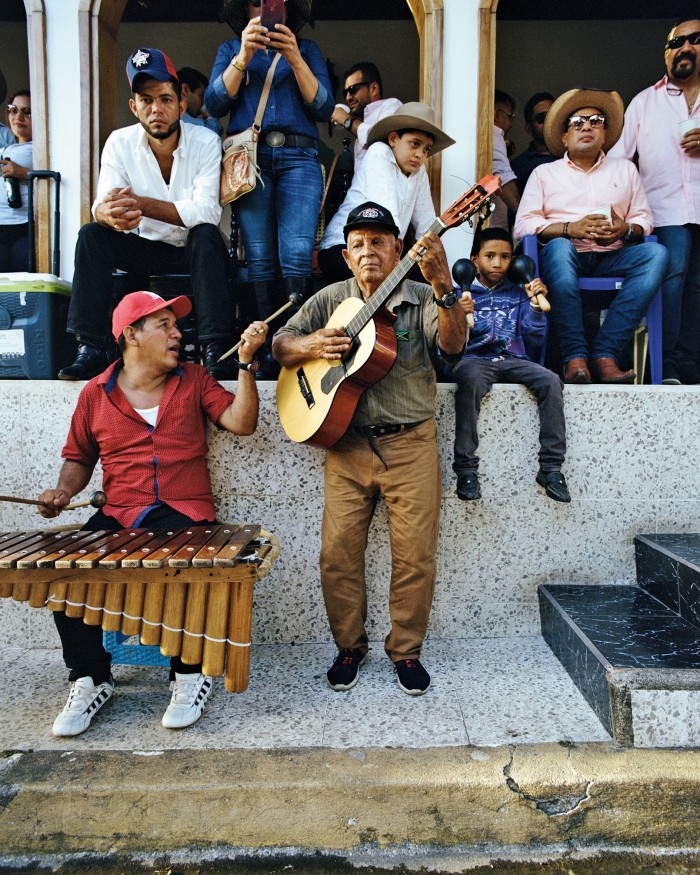
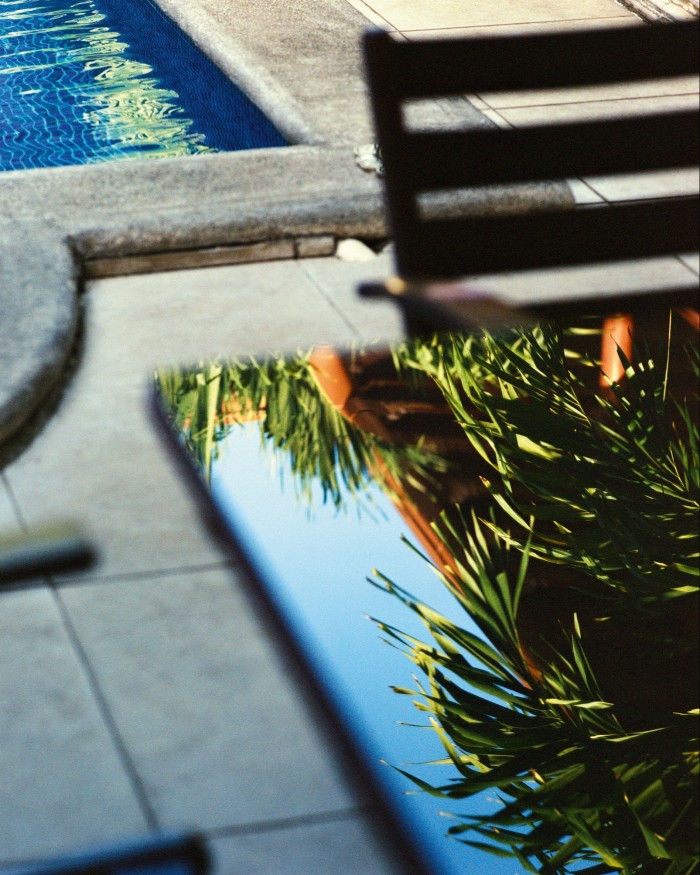
With the country’s national tourism back in business, standard health protocols in place and international flights due to resume well in time for Christmas, Nicaragua would seem to offer an intriguing escape from our Covid-induced claustrophobia. Certainly there is much to see. The country is blessed with natural resources: gold, tobacco, coffee, cacao. During my stay, I reluctantly traded birdsong from the interior courtyard of Hotel El Convento, a 16th-century former convent, for the clank of a pick-up truck. It’s a five-hour drive east to the isolated Chontales – a farming region enriched, so it is said, by rivers of milk and mountains of gold. Nicaragua has long been in the sights of acquisitive foreign mining interests, but in La Libertad, President Ortega’s hometown, the pursuit of gold is also an artisanal family business. Sergio, 25, son of the local mine owner, presides over a band of half-naked young men, plastered in wet clay, who shovel slurry into sacks in a scene reminiscent of a Sebastião Salgado photograph. Rocks are dragged here from poorly ventilated mines, then pounded by concrete blocks, crushed and reduced to stones, then pebbles. Finally, Sergio squishes a residue of sand in his bowl, and suddenly: a flash. This tiny gold extraction and all it represents – not Ortega’s revolution – is how La Libertad got its name.
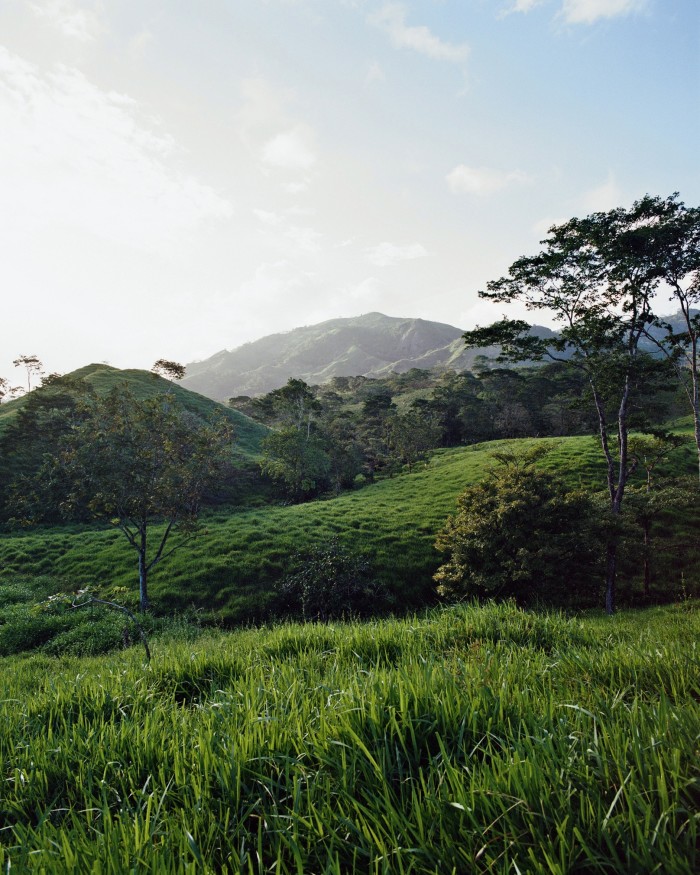
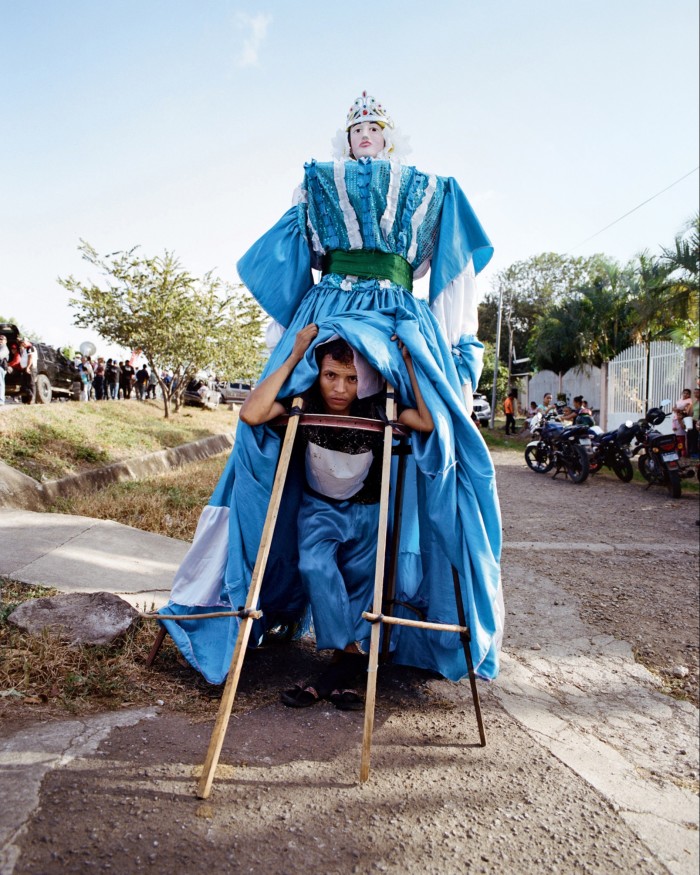
Strangely, there is no statue of the president here. No one can pinpoint the house where he grew up, but then, it’s a muggy afternoon. A stray horse, roaming the verge, drops to a kneel, before collapsing into a doze. Men are playing billiards in the cool of smoky halls. By chance, we learn of a fiesta patronal, a patron-saint festival, in the neighbouring town of Acoyapa. It turns out to be a raucous affair. As we approach, the road begins to clog with horse trailers. Campesinos, ranch matriarchs, child rodeo stars are brushing moustaches, manes and hooves with gusto. Soon everyone is up in ornate saddles, twitching decorative whippery and prancing towards the town centre in an exuberant display of cowboy pride. By early evening, the whole town is dancing. The old, the thin, the stiff, the fat, the nobodies and the somebodies. Every door is thrown open to us. Take my shade, drink my water, meet my family. It’s hard to imagine a greater incongruity between the edgy notoriety of a country and the reality of such spontaneous hospitality.

Sign up for our newsletter and get the best of the magazine straight into your inbox.
The following day, in much the same spirit, we are invited for lunch with the outrageously macho Fernándo Rodriguez, a 70-year-old who works the Santa Rosa, a small finca, with his wife Marlene. In a low wooden house with a dirt floor, Fernándo’s sister Flora stirs a cauldron of soup on the open fire, beset by chicks, piglets and a clutch of small boys. Flora sieves maize balls, sweet pepper, yucca and wild corn onto a plate with rice and hot pickle, bringing the broth to table in separate bowls. The boys crowd round their father, Jose Adán, who fought for the contras in the mountains. The family give me a snapshot of their lives – how Jose Adán took a bullet in the leg at 18; how in winter the flooding river cuts them off from the town; how they are fattening a pig for a family celebration, and would we like to come? It’s as happy an afternoon as I’ve whiled away anywhere, but we are due at another farm before nightfall.
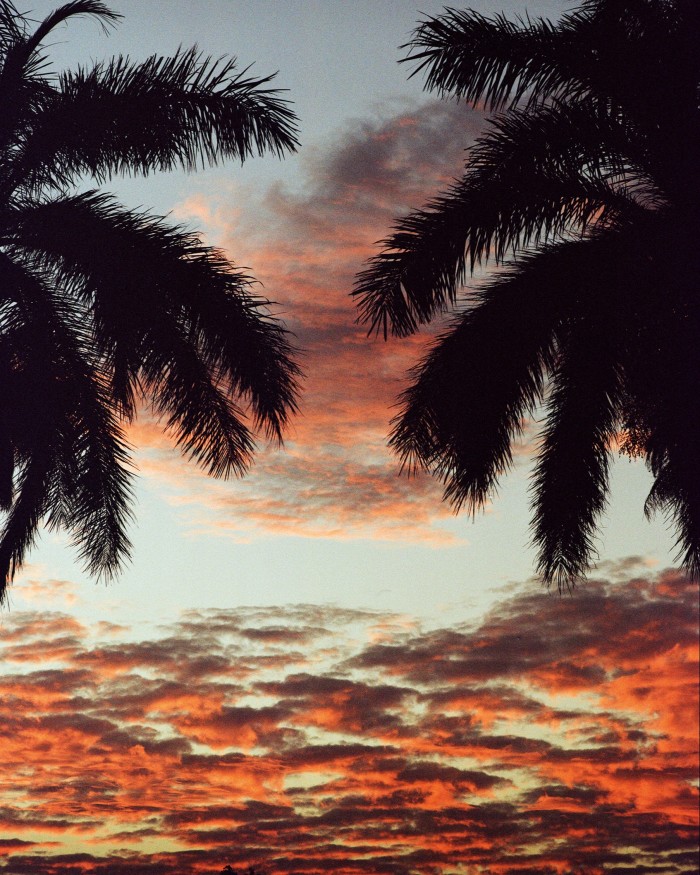
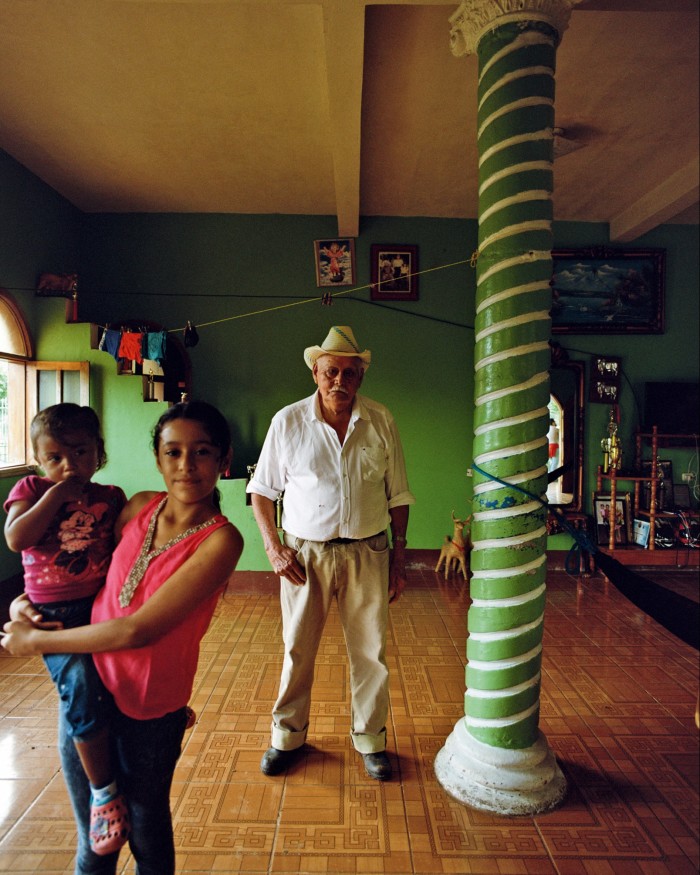
The Chontales region is the largest producer of dairy in Central America. On every table sits a jug of thick cream and cuajada, a salty, whey-like cheese. La Esperanza is a 1,000-hectare dairy farm, set into high pastureland of dripping bromeliads and termite nests. I’d been expecting an ancient hacienda, but we round the corner to a modern arsenic-green villa with swirling pillars like icing on a wedding cake. There is a whiff of García Márquez’s One Hundred Years of Solitude to its patriarch: Don Agapito stands on the verandah, flanked by his son Antonio, who is deaf-mute, and grandson Derling, suave in his dazzling Wrangler shirt. Derling’s 12-year-old sister Victoria perches at his feet, stroking a weary pit bull. It’s too late to help the campesinos herd cattle, and with scant electricity from a generator, no WiFi or plumbing, I have high hopes for early bed. Derling shows us into a cavernous hall decorated with cattle trophies but devoid of beds or indeed furniture, save a fizzing television on which daytime soaps are playing: this is to be our dormitory for the following two nights. In a bid to escape communal snoring, I find refuge in a small antechamber. At dawn I wake to a couple of dairy hands snickering at me through the window; a chicken is asleep on my head, and under my armpit is a freshly laid egg.
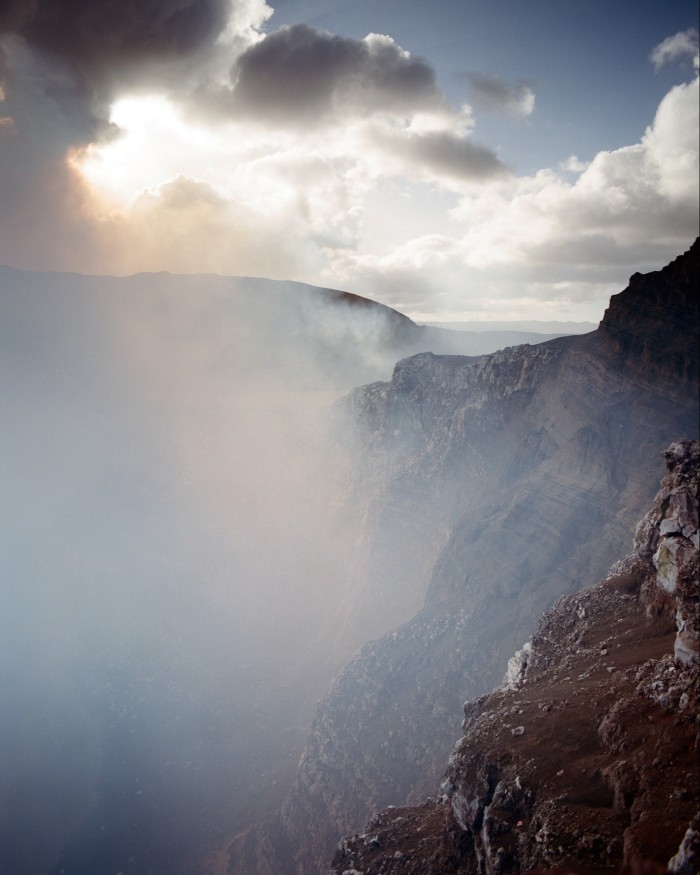
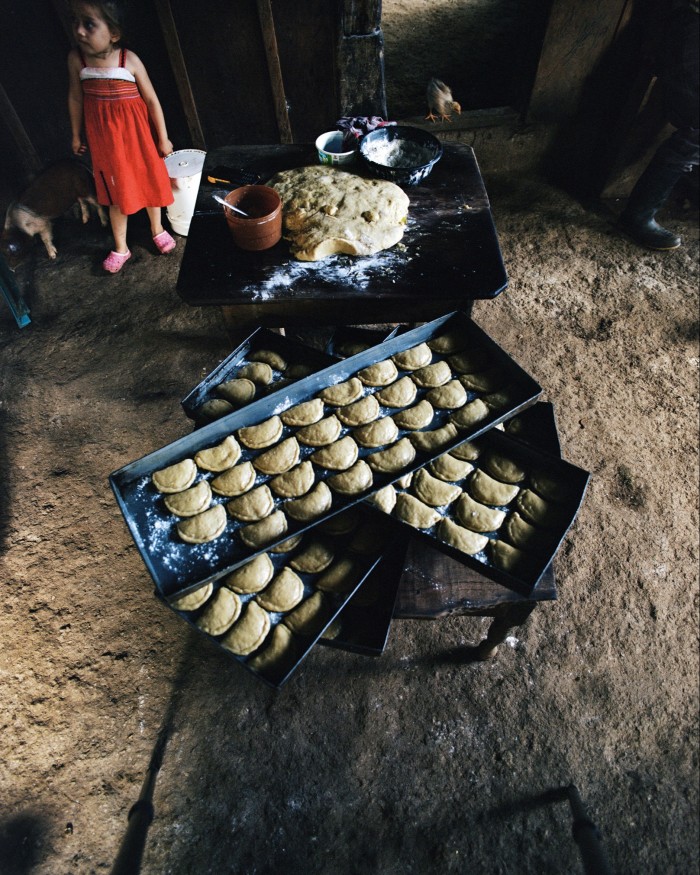
Times have changed so little here over the past century. What future for Victoria, I wonder, striking her beauty-queen poses, a camellia in her hair? The return of tourism will cause the usual paradox – money and the influx of people bringing opportunity, but perhaps also forever destroying something of this life.
Four hours’ drive further north is Matagalpa – coffee country, where fields of workers in bright daubs of raingear hand-pick coffee cherries into baskets. French-Nicaraguan-owned La Cumplida is one of the largest coffee plantations in Nicaragua, with an impressive scientific arm (Nica) and an equally impressive community programme. In a hut bordering the plantation, Petrona, a grandmother of 48, delivers via translator what should be a Ted Talk on the radical power of a rudimentary education. Born into poverty, she comes from a family of macheteers, people whose job it is to clear trees for landowners. After the war, the Sandinista government confiscated and redistributed landowners’ property. Petrona’s family returned to the only business it knew – the destruction of its own environment. When local ecology began to suffer, La Cumplida stepped in and taught her the coffee trade. Today, Petrona pays back the cost of the seeds, fertilisers and labour from the profits of her crop. This in turn sponsors the education of other families. “I had no idea cutting down trees was bad,” she told me. “Now I understand.”
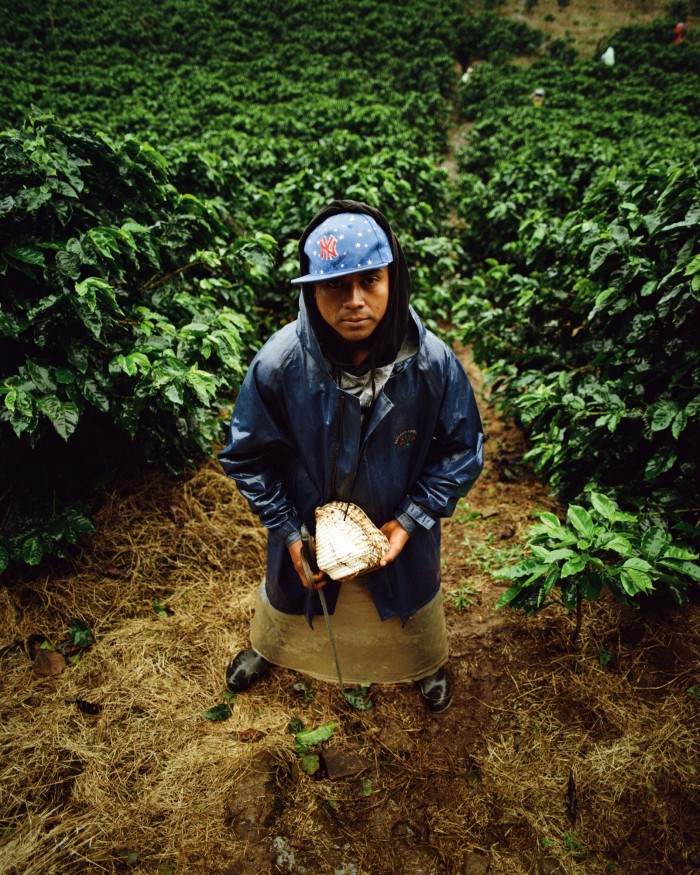
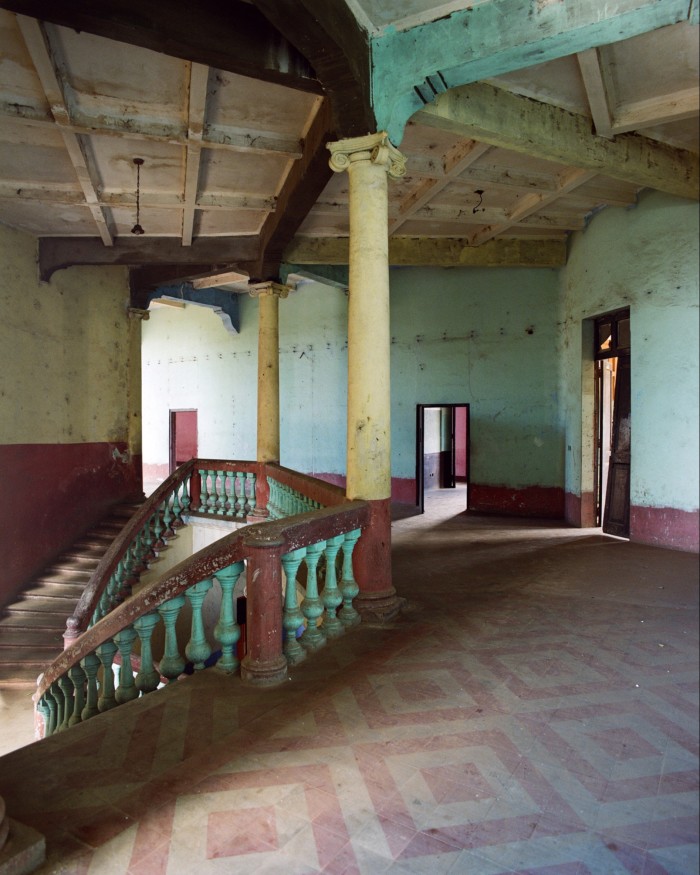
A different sort of community project lights up the road to the airport in Managua, the country’s capital: a form of “electrical reforestation”, designed and built by Rosario Murillo, the wife of President Ortega. Standing 5m high, painted in a series of primary colours, these metal trees were inspired, it is said, by Klimt. What you feel about them will depend on both your appreciation of contemporary land art and your political leanings. “Our history has been bloody and brutal,” Mayor Gurdián Vigil had told us back in León. “But if people want change, they must do it the right and democratic way.”
The forthcoming elections may offer the country a moment of new potential. Either way, change is coming: visitors can already hunker down in any number of luxury beach resorts, private islands and eco-lodges. Soon they will be able to chopper straight from these to coffee and cacao plantations, buy $600 gold chains in the mountains and return in time for an evening surf and a rum cocktail. Chontales will be dotted with tented safari camps. Volcanic health spas will flourish. Right now, though, travelling in Nicaragua still means the joy of not quite knowing where you will lay your head at night. Over the course of my 10-day visit, I uncovered only a fraction of what’s there; but what an extraordinary insight into the social landscapes that form around the basics of our lives. It will be tough to take any of them for granted again.
Bella Pollen travelled as a guest of Plan South America (020-7993 6930; plansouthamerica.com); a 10-night Nicaragua itinerary with dedicated local host, full-board accommodation, all transfers and excursions on a private basis starts from £6,305 per person, excluding flights.
Comments